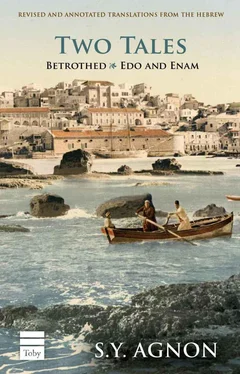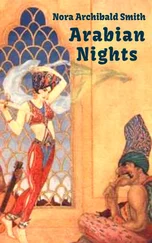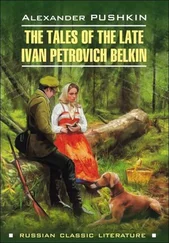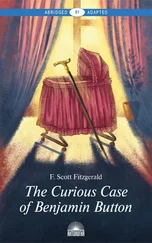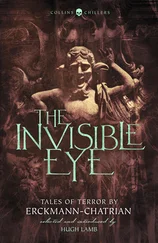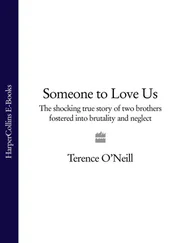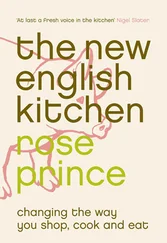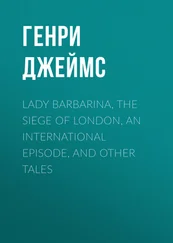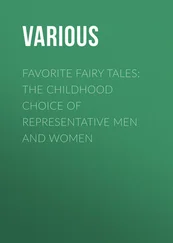We can readily apply Kurzweil’s generalization to the erotic elements of both stories: the remotest past, appearing to possess vitality, intensity, a capacity for simple abandon — all qualities our own lives often seem to lack — beckons with the magic of female seductiveness. But because so much history intervenes between it and us, any attempt to unite with it, from Nietzsche and James George Frazer’s The Golden Bough (a comparative study of magical and religious beliefs) to the cult of archeology and the Israeli “Canaanite” movement (both fashionable forces when Agnon composed these tales in the 1940s), is a mockery of true union, a mating of flesh with ashes, distracted living spirit with unknowable spectral memory.
At one point early in “Edo and Enam,” someone half-jokingly conjectures that Dr. Ginat might well be sitting in his room writing a third part to Faust. From one point of view, this is really what Two Tales is. Faust, so given to confounding the passions of the spirit with the passions of the flesh, possesses an earthly beauty then unwittingly destroys her in the first part of Goethe’s poem, while in the second part he descends into classical antiquity to possess ideal beauty in Helen, who finally eludes him.
Agnon’s modern Fausts, in different ways, descend still lower in their quests, themselves possessed by the alien and impenetrable beauty of a primordial age whose attainment means extinction, a point where beginning and end are one. This is by no means the whole of Agnon’s vision of past and present, but it is a significant, and deeply troubling, aspect of his inner world and ours, and in these two stories he has given this haunted sense of reality the solidity of perfectly wrought language and symbol and imagined act.
Robert Alter is Emeritus Professor of Hebrew and Comparative Literature at the University of California, Berkeley. He has written extensively on modern Hebrew literature and on the Bible as well as on the European and American novel.
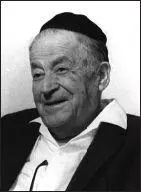
S.Y. Agnon(1888–1970) was the central figure of modern Hebrew literature, and the 1966 Nobel Prize laureate for his body of writing. Born in the Galician town of Buczacz (in today’s western Ukraine), as Shmuel Yosef Czaczkes, he arrived in 1908 in Jaffa, Ottoman Palestine, where he adopted the penname Agnon and began a meteoric rise as a young writer. Between the years 1912 and 1924 he spent an extended sojourn in Germany, where he married and had two children, and came under the patronage of Shlomo Zalman Schocken and his publishing house, allowing Agnon to dedicate himself completely to his craft. After a house fire in 1924 destroyed his library and the manuscripts of unpublished writings, he returned to Jerusalem where he lived for the remainder of his life. His works deal with the conflict between traditional Jewish life and language and the modern world, and constitute a distillation of millennia of Jewish writing — from the Bible through the Rabbinic codes to Hasidic storytelling — recast into the mold of modern literature.
About the Translator and Editor
Walter Lever(translator) was born in London and arrived in Jerusalem in 1947 to teach English Literature at the Hebrew University, where he became a significant translator of Hebrew literature to English. Later he returned to serve as a lecturer at Durham University in England, and published a memoir of his early days in Israel entitled Jerusalem is Called Liberty .
Jeffrey Saksis the Series Editor of The S.Y. Agnon Library at The Toby Press, and lectures regularly at the Agnon House in Jerusalem. He is the founding director of ATID — The Academy for Torah Initiatives and Directions in Jewish Education and its WebYeshiva.org program.
